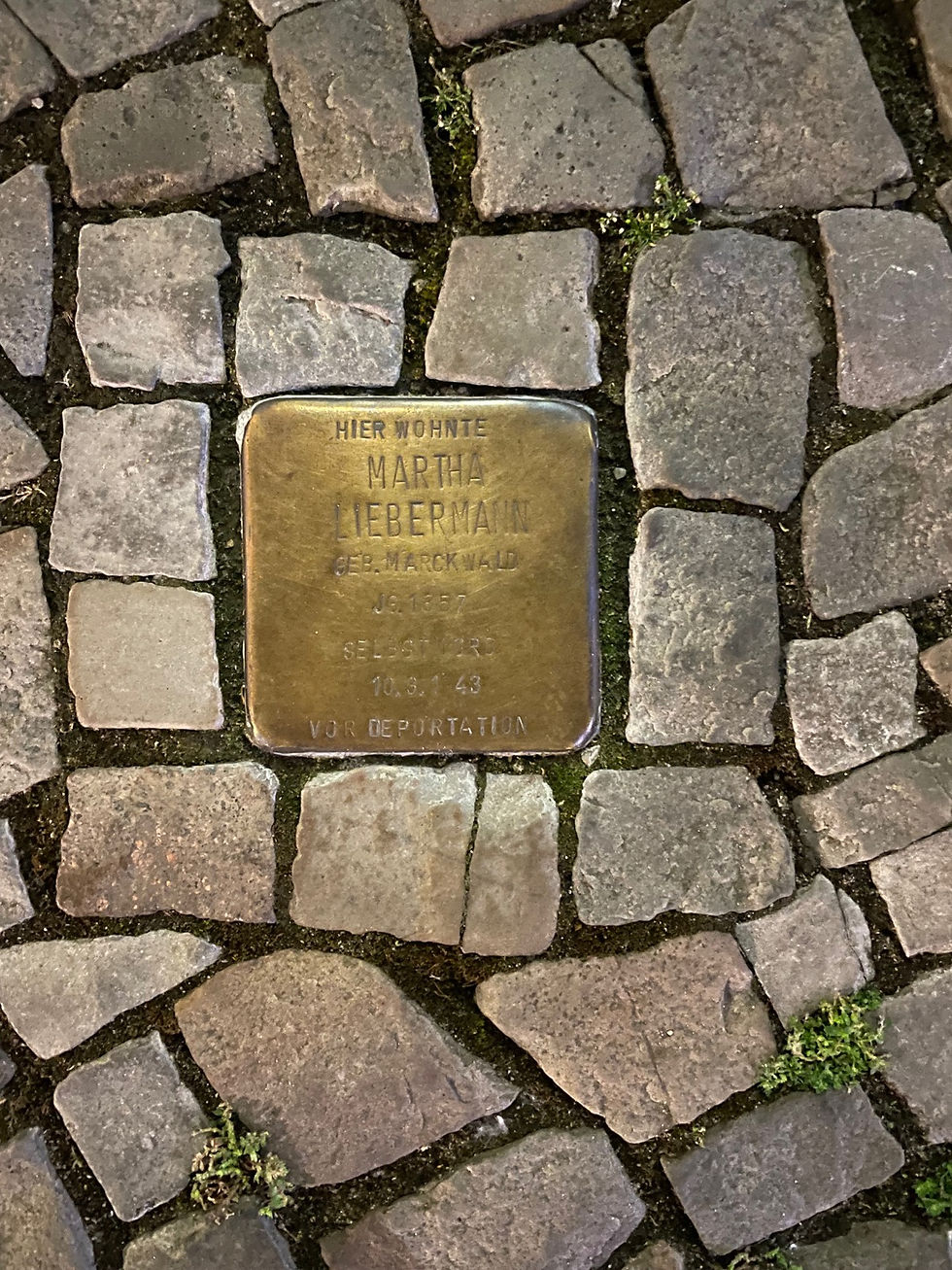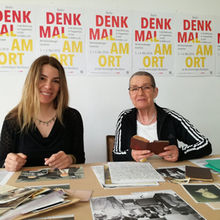A Journey through Art and History: Max Liebermann, Jani Pietsch, and Me | Villa Liebermann, Wannsee, Germany
- Ilana Lamstein

- Mar 7, 2024
- 3 min read
Updated: Mar 8, 2024
Hand in hand with Jani Pietsch, I met the Jewish-German painter Max Liebermann (1847-1935), one of the leading representatives of German Impressionism, and embarked on a new journey of connections beyond time and space.

Jani was an extraordinary woman, a Berlin-based visual artist and historian, with whom I had a very special bond that I deeply cherish and appreciate. Fate's circumstances didn't allow me to meet her in person. Sadly, in July 2020, after battling a severe illness, Jani Pietsch departed from this physical plane to transcend.https://www.ilanalamstein.com/en/hasta-que-no-estes-en-su-lugar-colaborando-jani-pietsch-marie-rolshoven-dmao
One month before her physical departure, I asked her to send me a personal photo to include in the book where she was so integrally present and which I was about to publish (" Hasta que no estés en su lugar" Traces of the Jewish Holocaust in the Memory of Mónica Wartenberger, Daughter of Survivors https://www.ilanalamstein.com/en/product-page/hasta-que-no-estes-en-su-lugar), and she sent me this one, from the summer villa that the painter owned on the shores of Lake Wannsee.

Jani had told me that it was a wonderful place, a lush space filled with plants and flowers, where an art cultural center operated, showcasing the artist's works along with historical documentation about the house and his personal life.
The garden, conceived by Liebermann himself in collaboration with Alfred Lichtwark, director of the Hamburg Art Hall (Kunsthalle Hamburg), became one of the most portrayed settings in his later years. This dreamlike environment was immortalized in hundreds of his canvases, where he captured moments of everyday life and family, dedicating tender brushstrokes filled with light and color to his granddaughter Maria.
The "castle by the lake," as Max Liebermann called it, was built in 1909 at the painter's request to architect Paul Otto Baumgarten. Here, the painter found an intimate and inspiring environment to develop his talent until the end of his existence in February 1935.
Gradually, I fell in love with Liebermann's work, his color palette, the delicacy of his brushstrokes, and the harmony of each composition. I was particularly captivated by his ability to "portray sensations," inviting me to enter that small world projected in each painting.
Some time ago, I traveled to Germany as part of a program focused on the historical journey of Jewish life in the country, and I discovered this majestic place full of history, love, and pain. I reconnected with Jani, the joy of nature, and happy times.
I took this photo on the same terrace where Jani had been years before.
As soon as I arrived at the villa, I felt an enveloping energy that captivated me to stay in the place and connected me with those "sensations" I experienced when contemplating his paintings.
I let myself be carried away by daydreaming and was transported through the tunnel of time to moments of family life and the artist's pleasure immersed in a fascinating sensory stimulus. I imagined what his life and that of his loved ones could have been like if Nazism had not erupted in Germany, later spreading like a dark cloak over the rest of Europe.
Max Liebermann passed away years before the mass deportations by the Nazis. However, he experienced persecution and personally felt the impact of the first racial laws imposed by the Nazi regime against Jews. In 1920, Liebermann had been elected president of the Prussian Academy of Arts in Berlin, but with the rise of Nazism, he, like all Jews, was excluded from social and academic circles and was forced to resign from his position as president of the Academy. His extraordinary art was considered "degenerate" by the regime and appeared on the list of artists of the "Entartete Kunst" (Degenerate Art).
In 1932, his daughter Katharina Riezler née Liebermann (Käthe) fled Germany with her husband Kurt Riezler and their daughter Maria, finding refuge in the United States. Martha Liebermann née Marckwald initially resisted leaving Germany, and later, the Nazi regime blocked her departure from the country, making it impossible for her to escape. In 1943, before being deported to the Theresienstadt extermination camp, she took her own life in the apartment they owned in Berlin. The assets of the Liebermann family were confiscated, and their artworks were stolen by the Nazi regime.
This plaque, located on the ground at the foot of the building where the family lived and where Martha Liebermann committed suicide, serves as a reminder.

In 1995, the Max Liebermann Society was established with the aim of overseeing the reconstruction of the Villa and its garden. From 2006 onwards, the Villa opened its doors as a museum, combining art, architecture, and landscaping.














